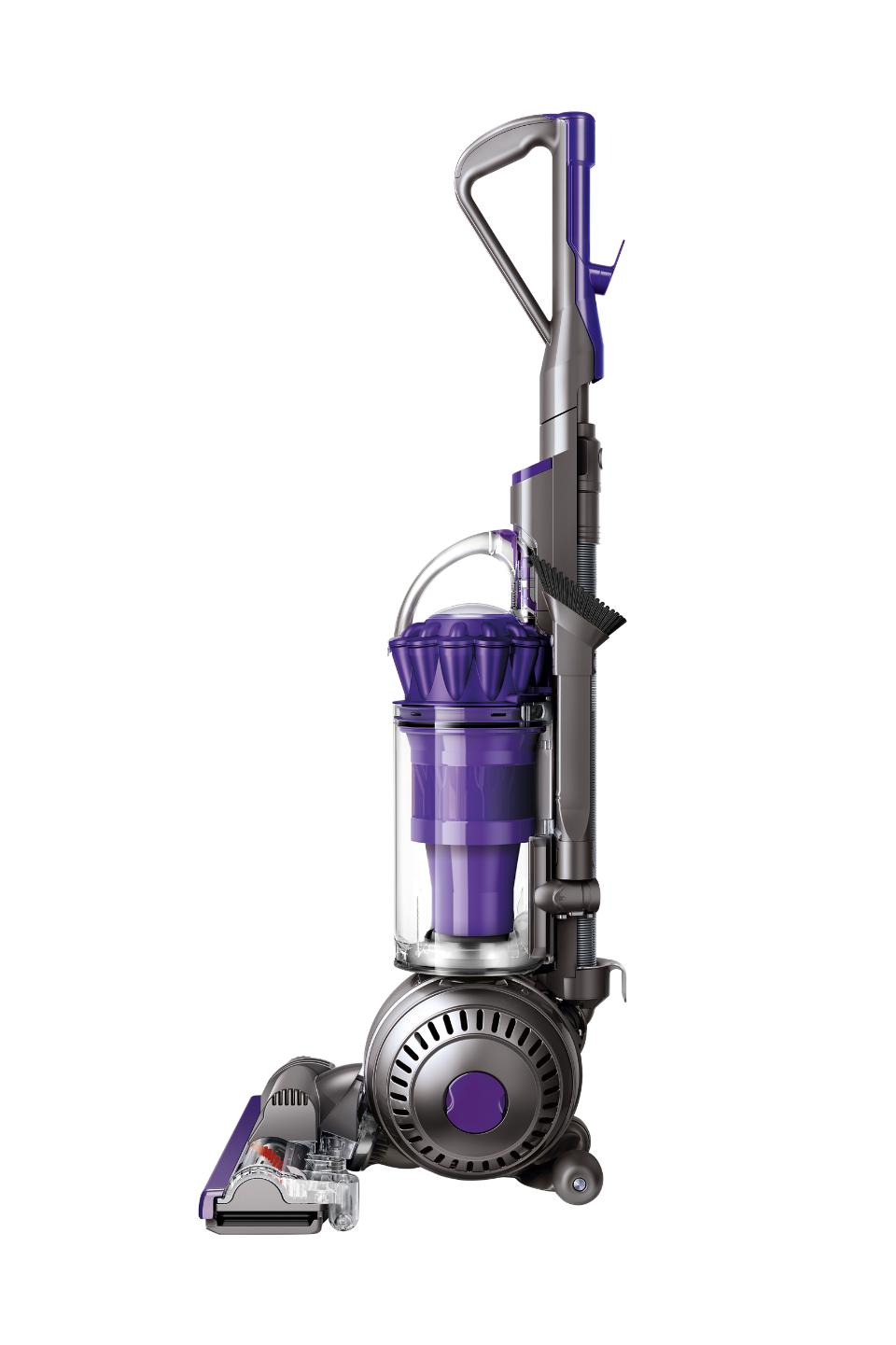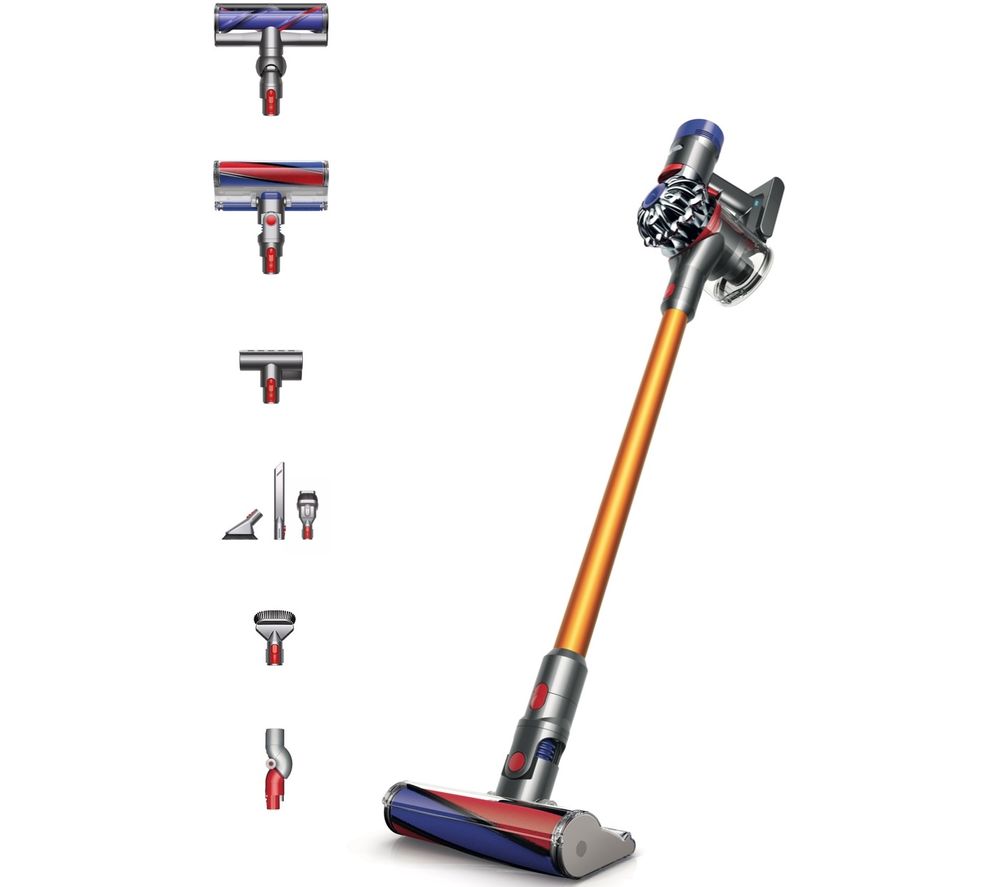Cuisinart – 17pc Cooking and Baking Gadget Set – Stainless Steel
Cuisinart 17-piece set provides home chefs with all the essential gadgets they need for everything they’re making. Set includes Can opener, Peeler, Pizza cutter, Whisk, Mini silicone spatula, mini silicone jar spatula, 9″ Stainless Steel tongs, 6pc Measuring spoon set, 4pc measuring cup set.






by Kurt
I like the quality of this product and it’s also essential especially in the kitchen
by Mike
This is a very good set, came with everything that I use, but when I opened the box it was missing 2 items. They weren’t something that I used at that time so didn’t think anything of it until cooking something new and the video showed the same thing that was missing. Not biggie just ordered it from somewhere else. Still a great set.
by John
Beautiful and convenient for anyone to bake and or cook kitchen! Novice and professional will love this set.